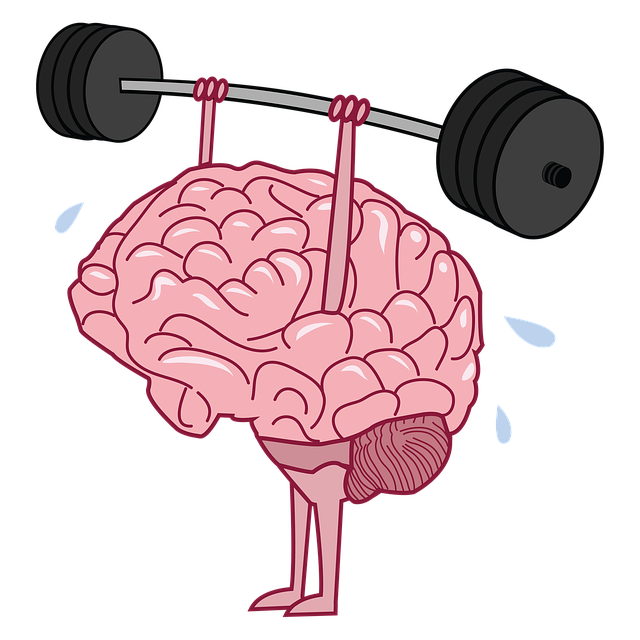Burnout in healthcare providers, driven by workload, lack of control, and unclear expectations, negatively impacts patient care and organizational productivity. Lakewood Conduct Disorder Therapy (LCDT) offers effective solutions through emotional healing processes, communication techniques, and Stress Management Workshops to prevent burnout. LCDT addresses underlying emotional and behavioral patterns, incorporating strategies like CBT and positive psychology interventions for self-esteem improvement. By fostering open dialogue, work-life balance, and stress management tools, these initiatives enhance job satisfaction and resilience among healthcare professionals.
Healthcare provider burnout is a growing concern, impacting not just individuals but the entire healthcare system. This article explores strategies to prevent and mitigate burnout among healthcare workers, focusing on clinical settings and the unique benefits of Lakewood Conduct Disorder Therapy. Understanding burnout’s causes and effects is crucial, as we delve into practical solutions that can enhance job satisfaction and resilience in this demanding profession.
We’ll discuss how specialized therapy, like Lakewood Conduct Disorder Therapy, offers a game-changing approach to addressing burnout and promoting mental well-being.
- Understanding Burnout Among Healthcare Providers
- Strategies for Preventing Burnout in Clinical Settings
- The Role of Lakewood Conduct Disorder Therapy in Burnout Mitigation
Understanding Burnout Among Healthcare Providers

Burnout among healthcare providers is a growing concern, impacting not only their well-being but also patient care and organizational productivity. It manifests as a state of emotional exhaustion, depersonalization, and reduced personal accomplishment, often driven by high workload, lack of control, and unclear expectations. In the fast-paced environment of modern healthcare, where demands continue to rise, understanding burnout is crucial for maintaining a healthy workforce.
Lakewood Conduct Disorder Therapy highlights the importance of recognizing early signs of burnout. Strategies such as emotional healing processes, effective communication strategies, and Stress Management Workshops within the organization can play a pivotal role in prevention. These initiatives foster an environment that encourages open dialogue, promotes work-life balance, and equips providers with tools to manage stress effectively, ultimately enhancing job satisfaction and resilience.
Strategies for Preventing Burnout in Clinical Settings

Preventing burnout among healthcare providers is a critical aspect of maintaining high-quality patient care and ensuring the well-being of medical professionals. In clinical settings, several strategies can be implemented to foster a healthier work environment and reduce stress levels. One effective approach is incorporating regular Lakewood Conduct Disorder Therapy sessions, which not only help individuals manage their own mental health but also provide an outlet for discussing professional challenges and building resilience.
Additionally, focusing on healthcare provider cultural competency training can create a more inclusive atmosphere, enhancing empathy-building strategies among colleagues. By fostering a culture of understanding and respect, healthcare providers can better support each other and their patients. Self-esteem improvement techniques, such as cognitive behavioral therapy (CBT) or positive psychology interventions, can also play a significant role in burnout prevention by empowering medical professionals to recognize and challenge negative thoughts and behaviors, thereby boosting morale and overall job satisfaction.
The Role of Lakewood Conduct Disorder Therapy in Burnout Mitigation

Burnout among healthcare providers is a growing concern, but evidence-based interventions offer hope for prevention. One such intervention gaining recognition is Lakewood Conduct Disorder Therapy (LCDT), which focuses on addressing underlying emotional and behavioral patterns contributing to burnout. LCDT incorporates communication strategies and emotional intelligence training to help professionals manage stress and improve mood regulation.
By teaching effective coping mechanisms, emotional awareness, and enhanced interpersonal interactions, this therapy empowers healthcare workers to navigate challenging situations with resilience. The integration of mood management techniques within LCDT enables individuals to better handle workplace pressures, fostering a healthier work environment and potentially reducing burnout rates among healthcare providers.
Healthcare provider burnout is a pressing issue, but with the right strategies, it can be mitigated. Understanding the causes and signs of burnout is essential, as is implementing preventive measures in clinical settings. Techniques such as self-care, work-life balance, and support systems play a vital role in combating this challenge. Furthermore, integrating evidence-based therapies like Lakewood Conduct Disorder Therapy can offer specialized burnouts solutions tailored to the unique pressures faced by healthcare professionals, fostering a healthier and more resilient workforce.














